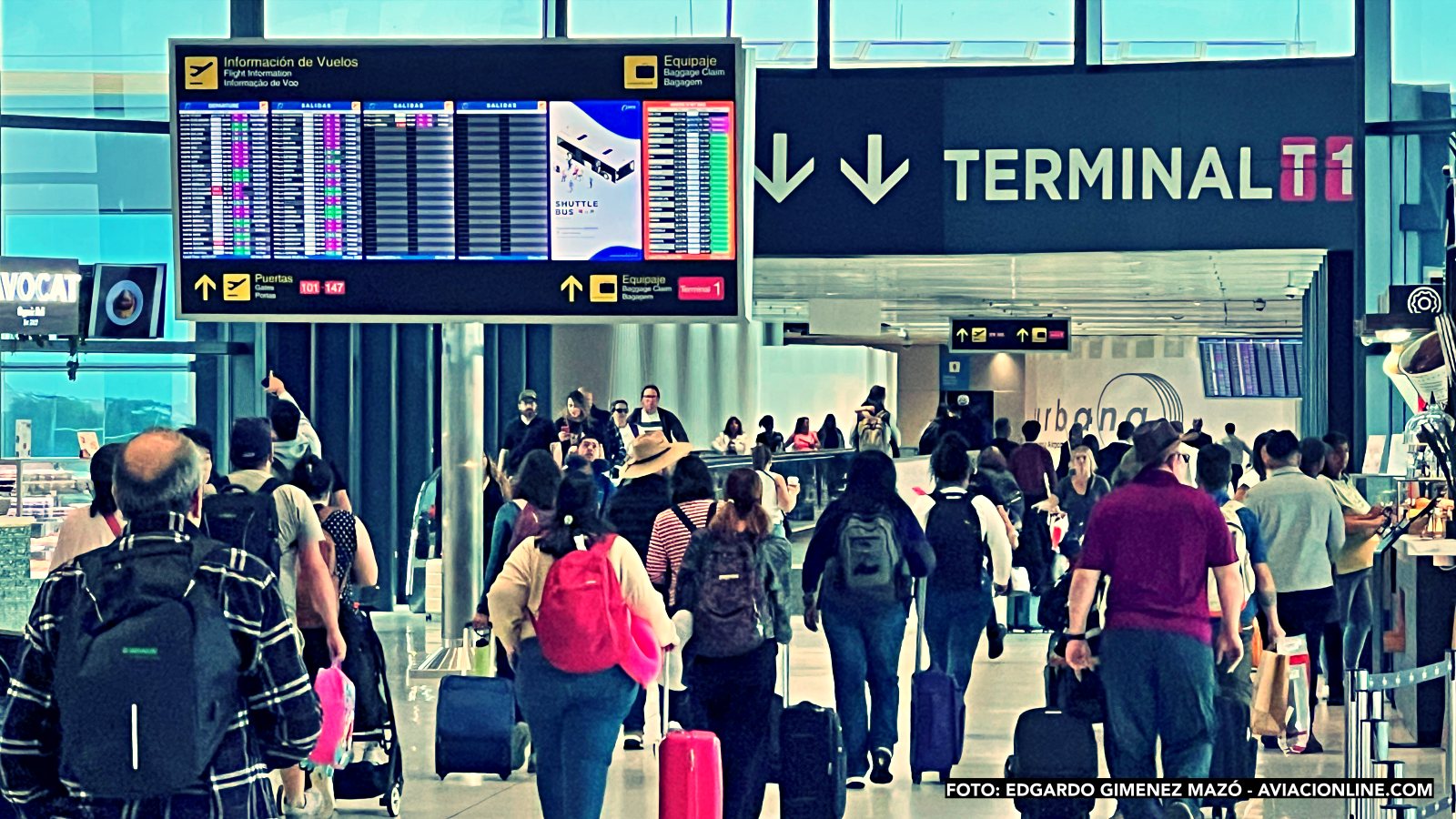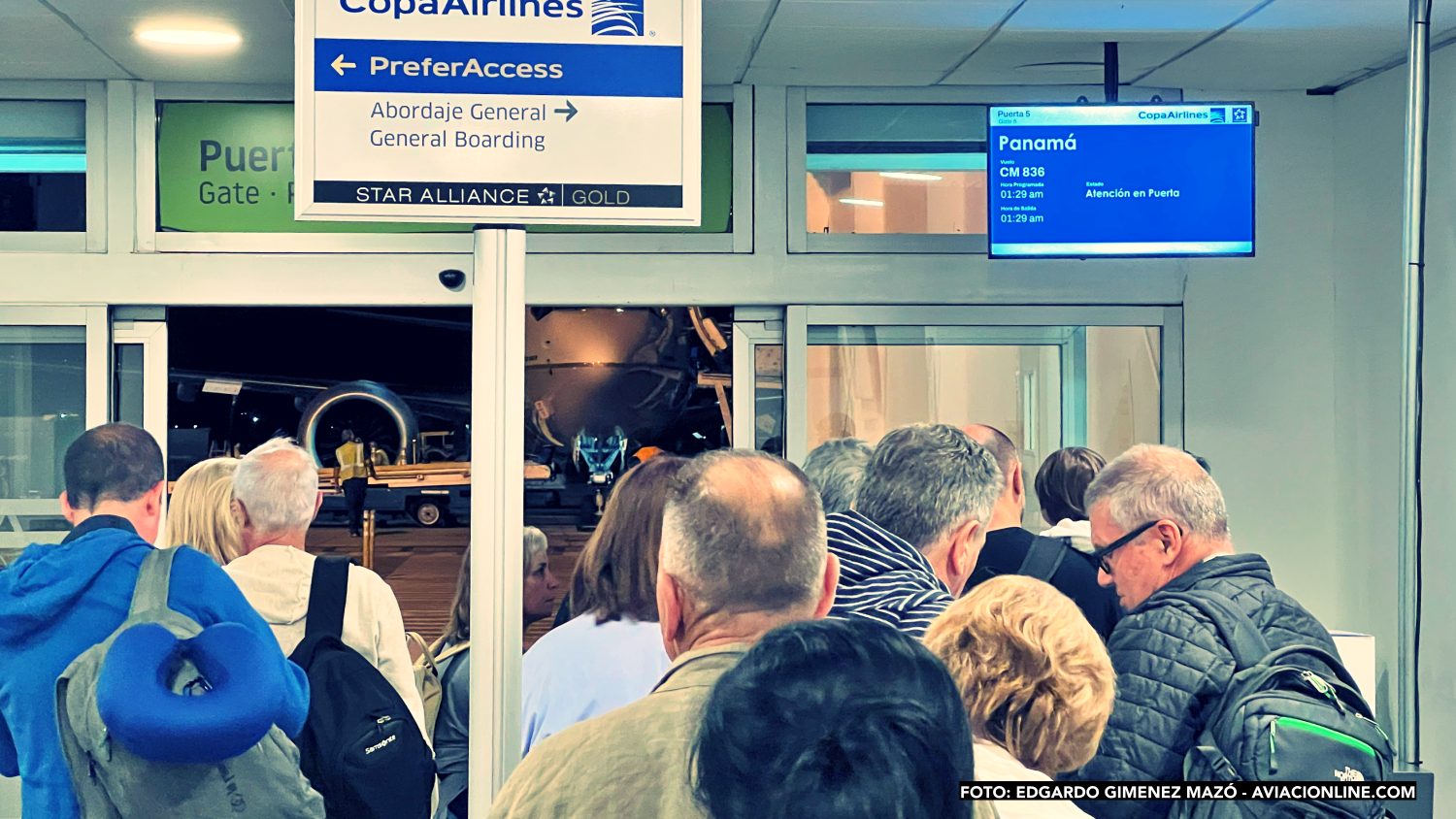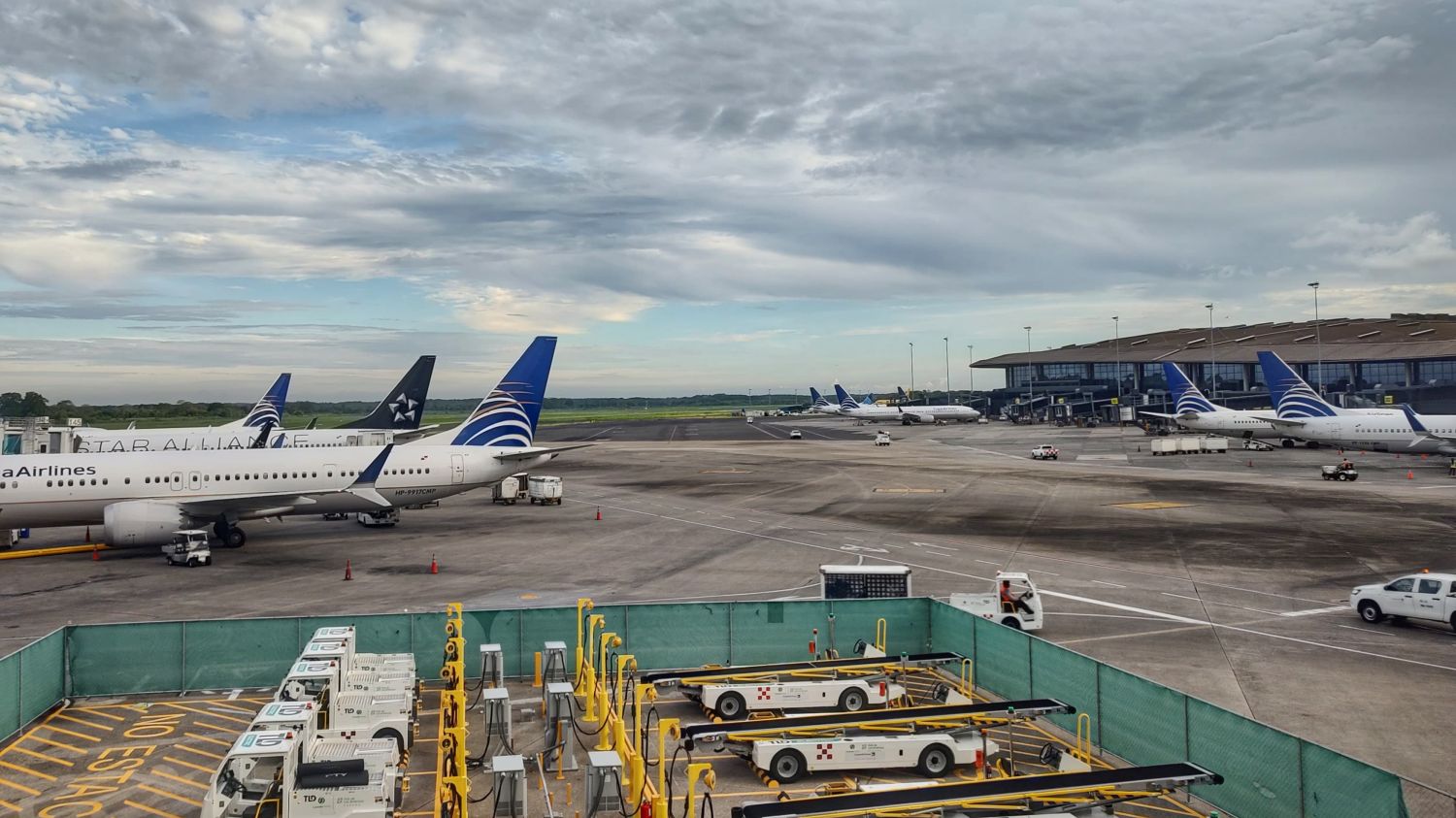Copa Airlines CEO Pedro Heilbron Discusses Latin American Aviation at IATA's 81st AGM
Will Copa Airlines fly to Puerto Iguazú? How did it survive the pandemic without filing for Chapter 11? What’s the outlook for Latin American aviation? Pedro Heilbron answers these and more.
During the 81st Annual General Meeting of the International Air Transport Association (IATA), Copa Airlines CEO Pedro Heilbron provided insights into the current state and future prospects of Latin American aviation. In an exclusive interview, he addressed topics ranging from the Argentine market to the airline's return to Venezuela, and the challenges of the hub model versus point-to-point flights.
"It will always be a fragile industry"
Heilbron emphasized the industry's vulnerability, noting that despite expectations for a strong year, the average profit per passenger globally is just over $7. He stated, "It will always be a fragile industry, especially exposed to global events that significantly impact us."
Regarding Latin America, he anticipates a positive year, with substantial growth in capacity compared to previous years.
Copa Airlines' Expansion Plans
Heilbron outlined Copa's growth strategy, aiming for a 7–8% increase in available seat miles (ASMs) for the year. He mentioned that while the airline planned to receive 13 Boeing 737 MAX aircraft in 2024, only six were delivered. For the current year, they expect to receive the remaining seven, plus six more, totaling 13 deliveries. "We're optimistic about receiving all 13 aircraft this year, which will support our projected growth," he added.
Defending the Hub Model
Heilbron defended Copa's hub-and-spoke model centered in Panama, highlighting its role in connecting cities across the Americas over the past 30 years. He acknowledged increased competition from other hubs and point-to-point services but stressed the importance of cost competitiveness and efficient connections. "We continue to add cities, often those difficult to connect directly due to market size or distance," he said.

Market Insights: Chile, Mexico, and Venezuela
In Chile, Heilbron praised the country's aviation policies and noted Copa's multiple daily flights to Santiago. He mentioned the potential for expansion to other Chilean cities like Iquique and Antofagasta, depending on emerging opportunities.
Regarding Mexico, he identified it as the second most important aviation market in Latin America. Copa currently serves Mexico City, Guadalajara, Monterrey, and Cancún, with plans to explore additional destinations, including a return to Tulum and the Felipe Ángeles International Airport (AIFA), contingent on aircraft deliveries.

On Venezuela, Heilbron announced Copa's return after a hiatus, starting with one daily flight and plans to increase to two daily flights within weeks. He expressed intentions to restore services to other Venezuelan cities previously served by the airline.
Argentina: A Dynamic Market
Heilbron described Argentina as the most dynamic market in Latin America currently, citing increased stability and passenger growth. Copa operates flights to Buenos Aires, Rosario, Córdoba, and Mendoza, with plans to resume service to Salta and launch flights to Tucumán. "This time, instead of choosing between Salta and Tucumán, we're going with both," he remarked.
He also commented on the potential of destinations like Iguazú, acknowledging the complexity of choosing between the Argentine, Brazilian, or Paraguayan sides but recognizing its attractiveness.

Panama as a Model
Heilbron highlighted Panama's aviation-friendly environment, noting its early adoption of open skies policies and the implementation of initiatives like free medical insurance for international tourists and the Copa Stopover program. He reported record tourism levels in the first quarter, attributing success to collaborative efforts between the airline and government agencies.

Resilience Through the Pandemic
Reflecting on the pandemic, Heilbron emphasized Copa's financial preparedness, stating that the airline navigated the crisis without resorting to Chapter 11 bankruptcy or external support. He credited the company's cautious management and contingency planning for its resilience.
Tocumen Airport Infrastructure
Heilbron discussed the expansion of Tocumen International Airport, noting that the new Terminal 2, opened two years ago, is nearing full capacity. Plans are underway for further expansion within the next 12 months, to be executed over the following three years, in collaboration with the Civil Aviation Authority and Tocumen Airport.

Public Policy and Common Sense
Addressing regulatory challenges, Heilbron cautioned against adopting policies similar to the EU261 in Latin America without considering regional contexts. He argued that well-intentioned regulations could inadvertently increase travel costs without delivering real benefits to passengers.
He concluded with a reflection on the industry's resilience: "Nothing scares us, and we must be resilient as companies and as individuals."


Comentarios
Para comentar, debés estar registrado
Por favor, iniciá sesión